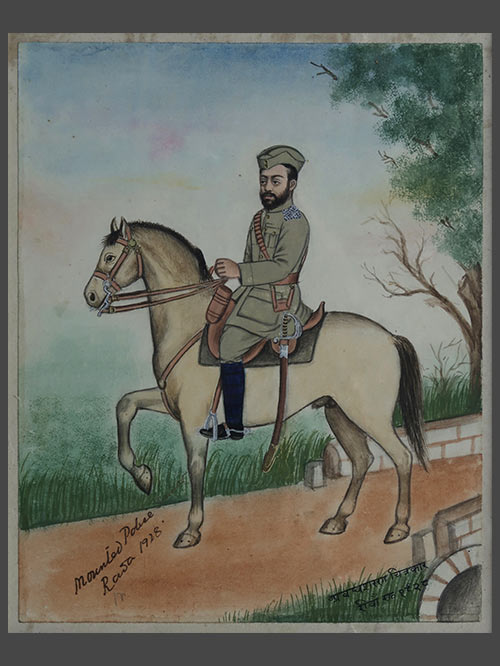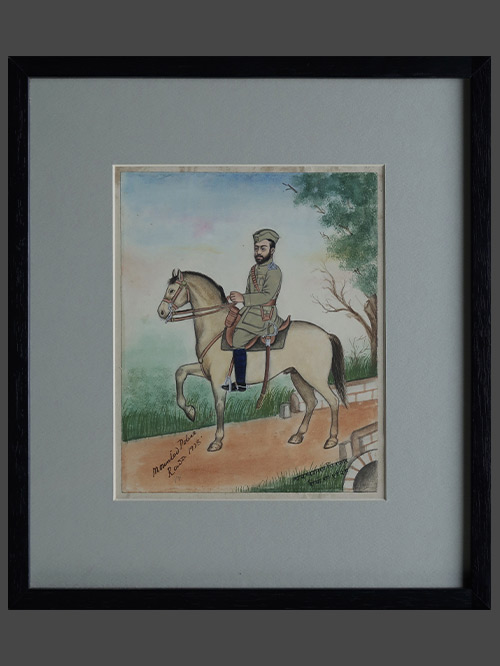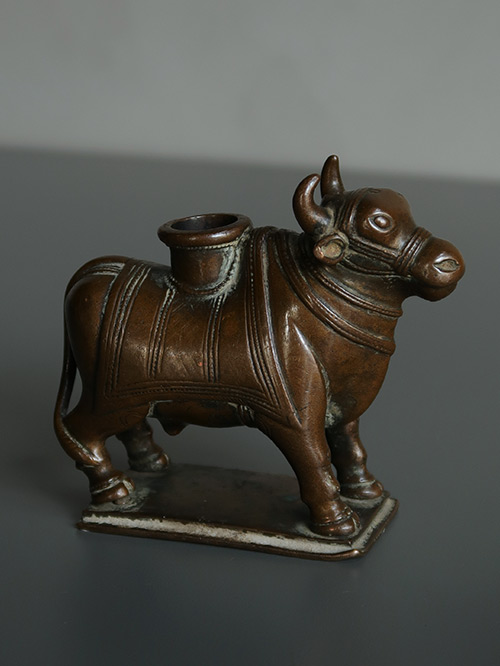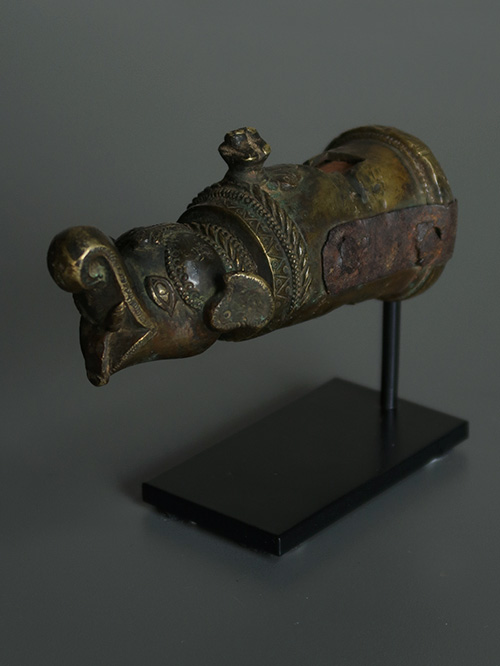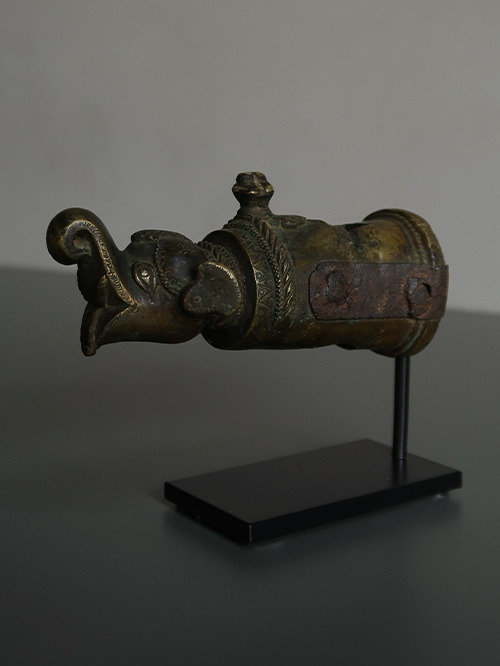Mounted Policeman
Rewa (Central India)
pigments on paper
Company Painting, Signed by the artist Avadh Sharan
A charming Company painting of a policeman captioned, “Mounted Police, Rewa.” Originally bound in an album. The Indian Police Services was part of the uniform system of police administration in British Raj, as established by Government of India Act 1858, Police Act of 1861. It was motivated by the danger experienced by the British during the 1857 rebellion. During 1920s the Imperial Indian police had 310,000 police in their contingent. Its members policed more than 300 million people in India, Pakistan, Bangladesh and Burma (then comprising British Raj). The police held a multiplicity of functions. As an agency of state coercion and intelligence gathering, the police were vital to Britain’s attempts to hold onto power in India. By the mid-1940s the erosion of police loyalty towards the British was an important index of Britain’s waning power.
‘Company’ is a designation given to works by Indian artists painted in a mixed Indo-European style for the various East India companies. The foundation of this Indo-European style can be traced to the establishment of the first Portuguese trading posts. The British only counted as patrons in the 1760s following Clive’s victory at Plassey in 1757 . Patronage by the British in effect followed the flag. Princely states never directly under British control produced little company art and important centres like Delhi and Agra only became so after the British stabilised the reason in the early 1800s. Photography gradually replaced the genre in the 1840s but the style lingered on until the late nineteenth century. Barring minor regional variations, Company Style took the same form in all the centres. The favourite subjects were trades, costumes, crafts and festivals. Also popular were topographical pictures of contemporary India and exotic flora and fauna.
Painting Size (cms): 22 (H) x 18 (W)
Painting Size (inch): 8.5 (H) x 7 (L)
Framed Size (cms): 36.5 (H) x 32 (W)
Framed Size (inch): 14.5 (H) x 12.5 (L)

